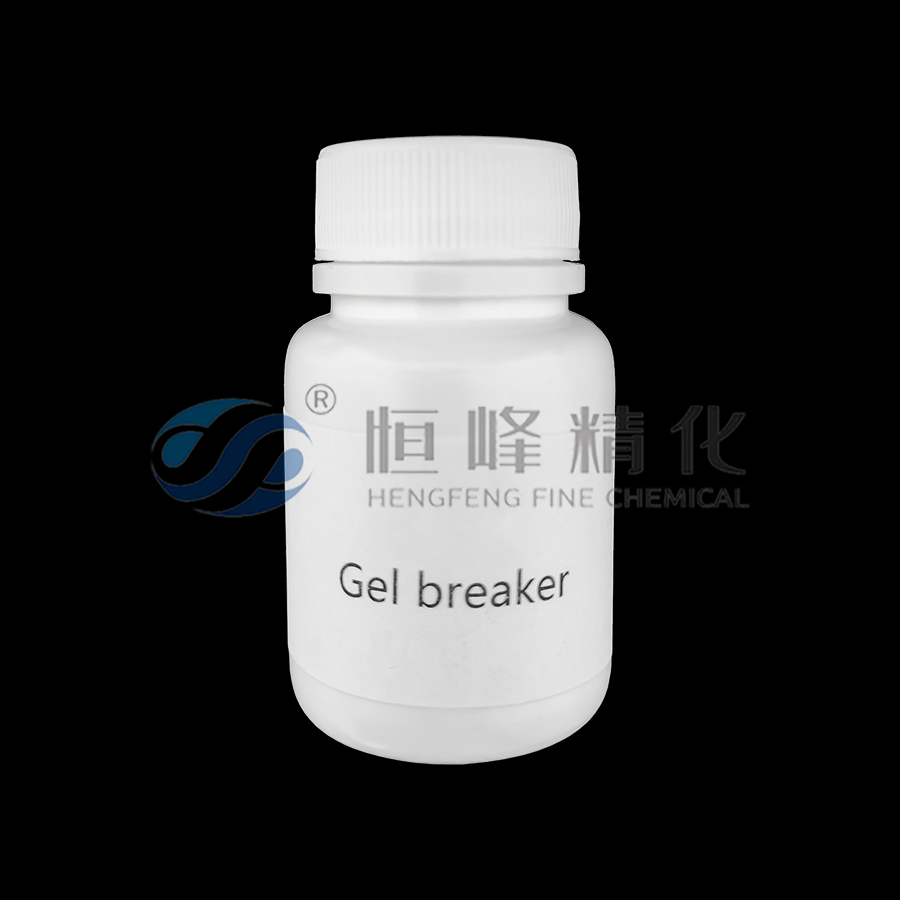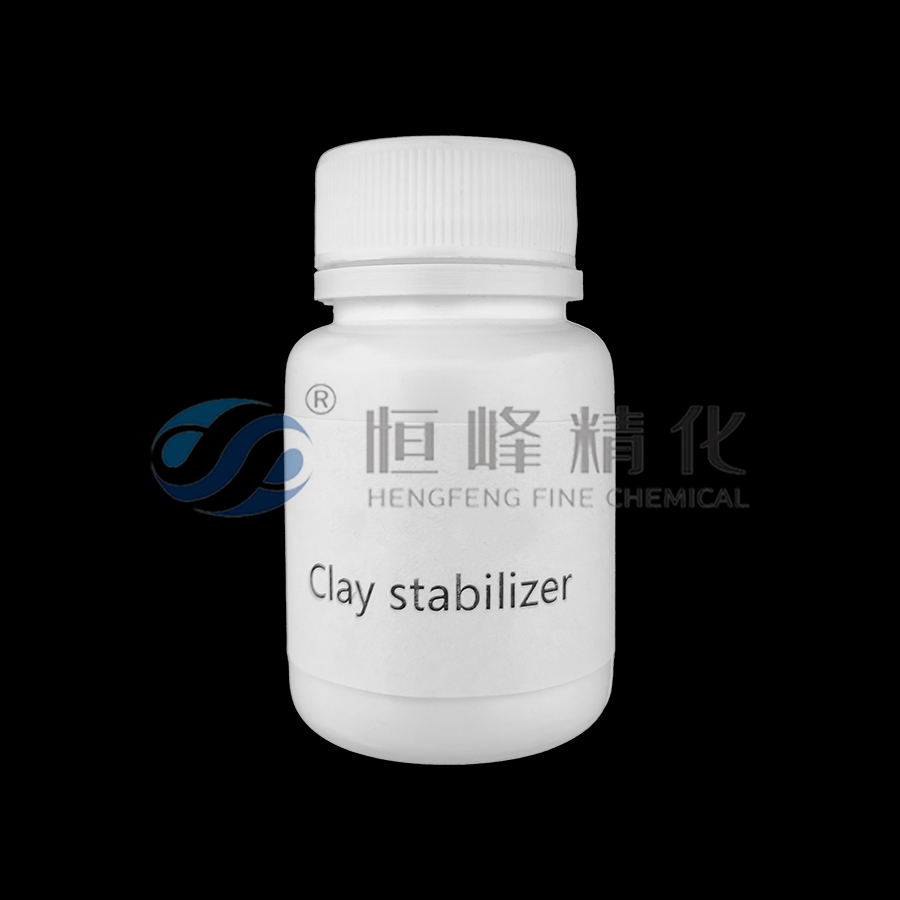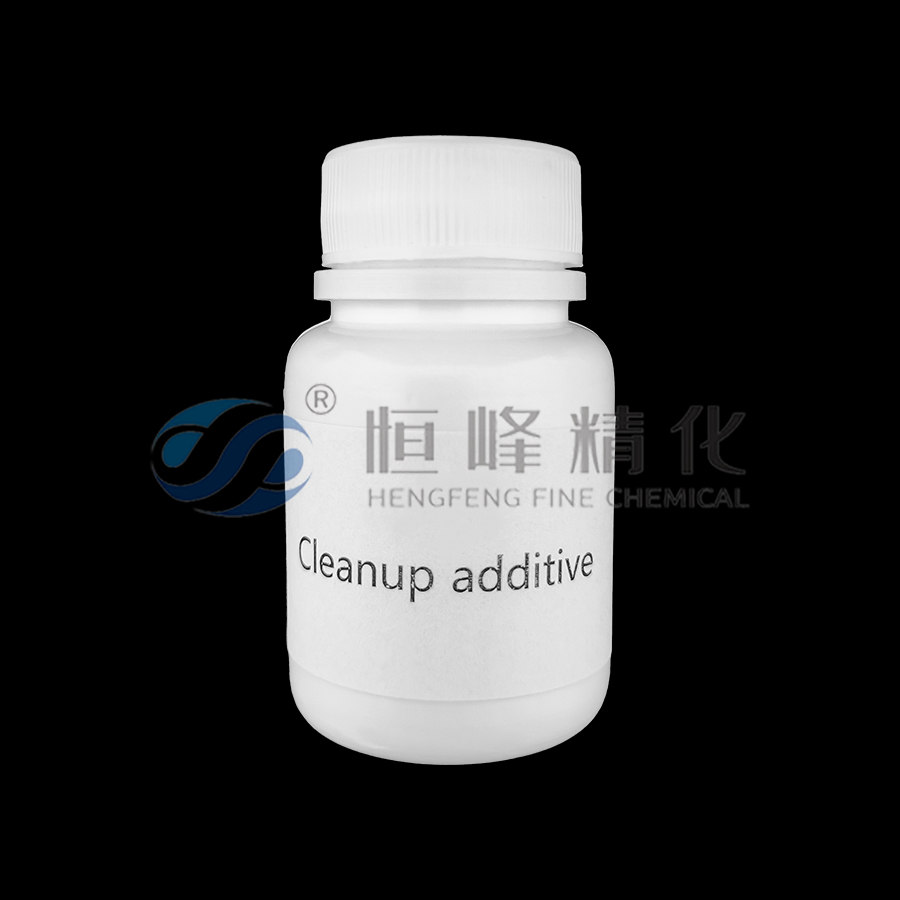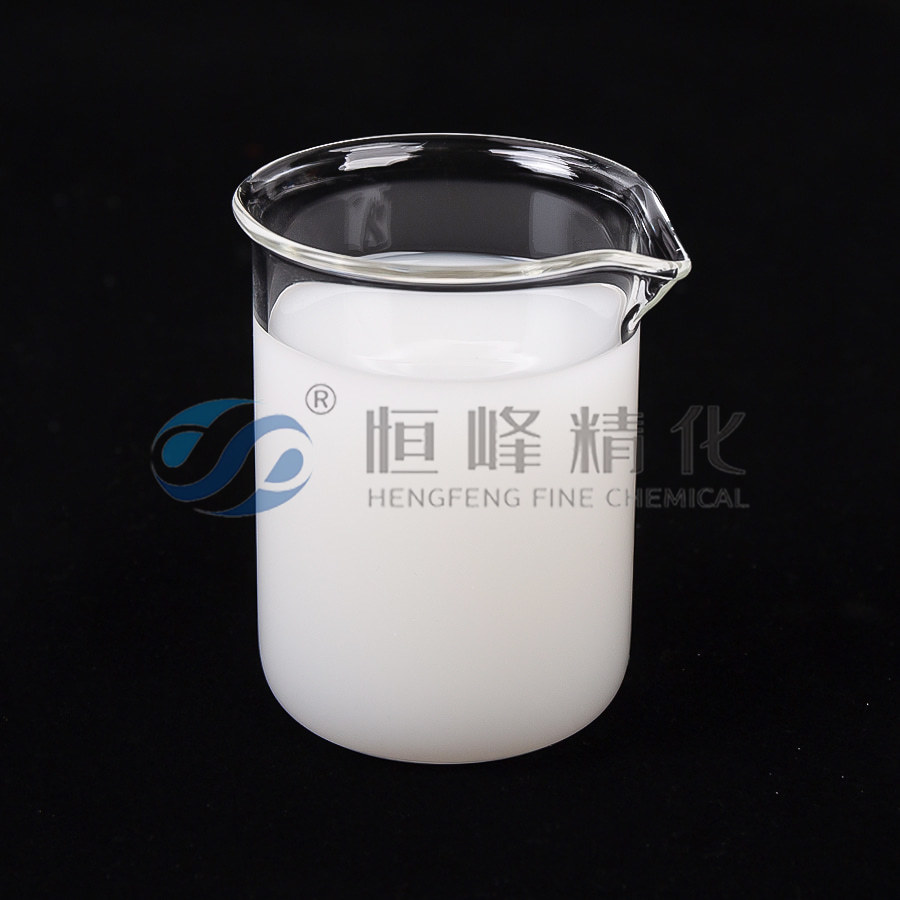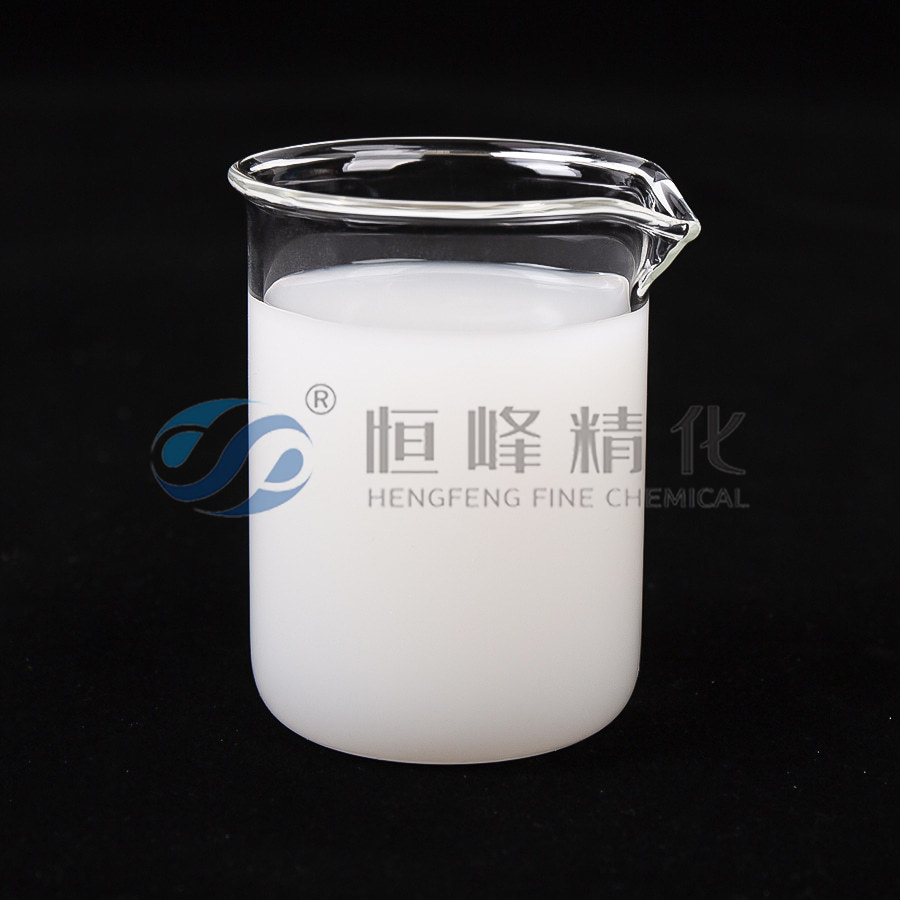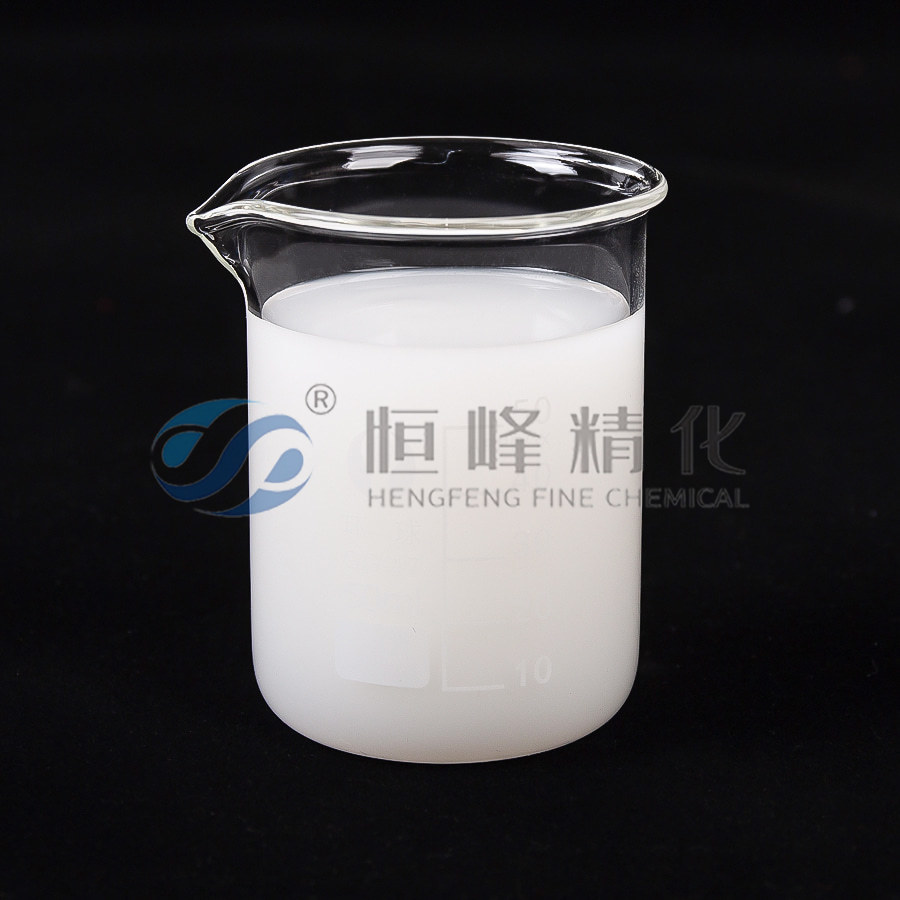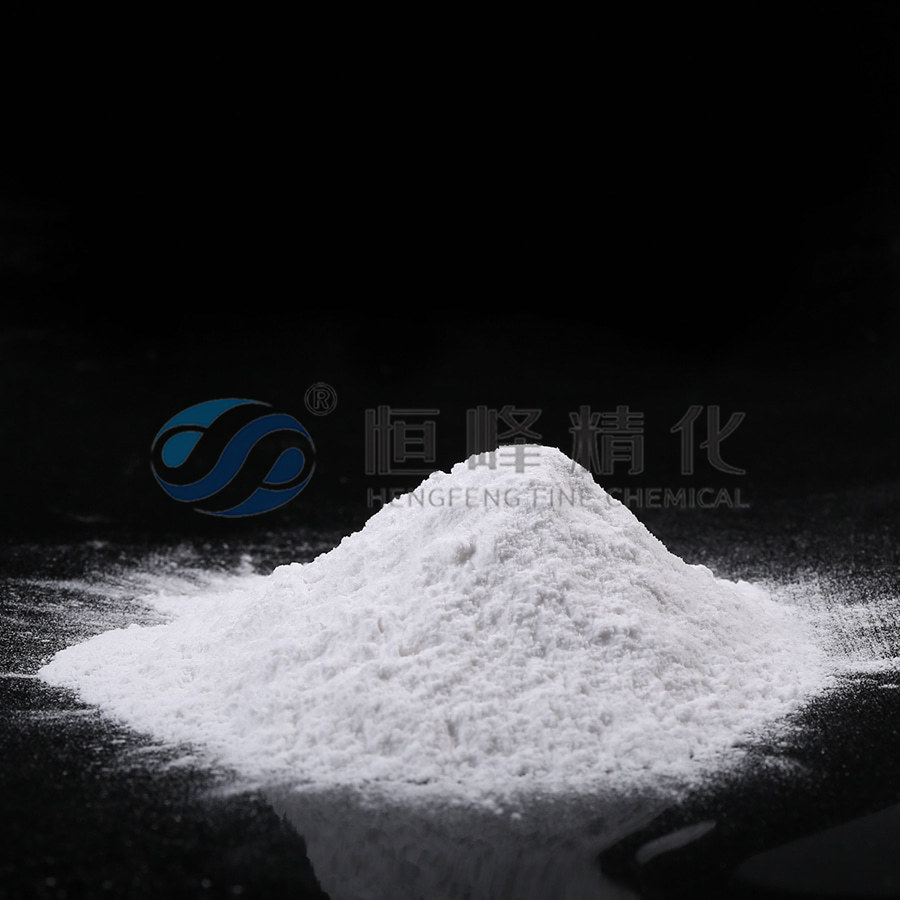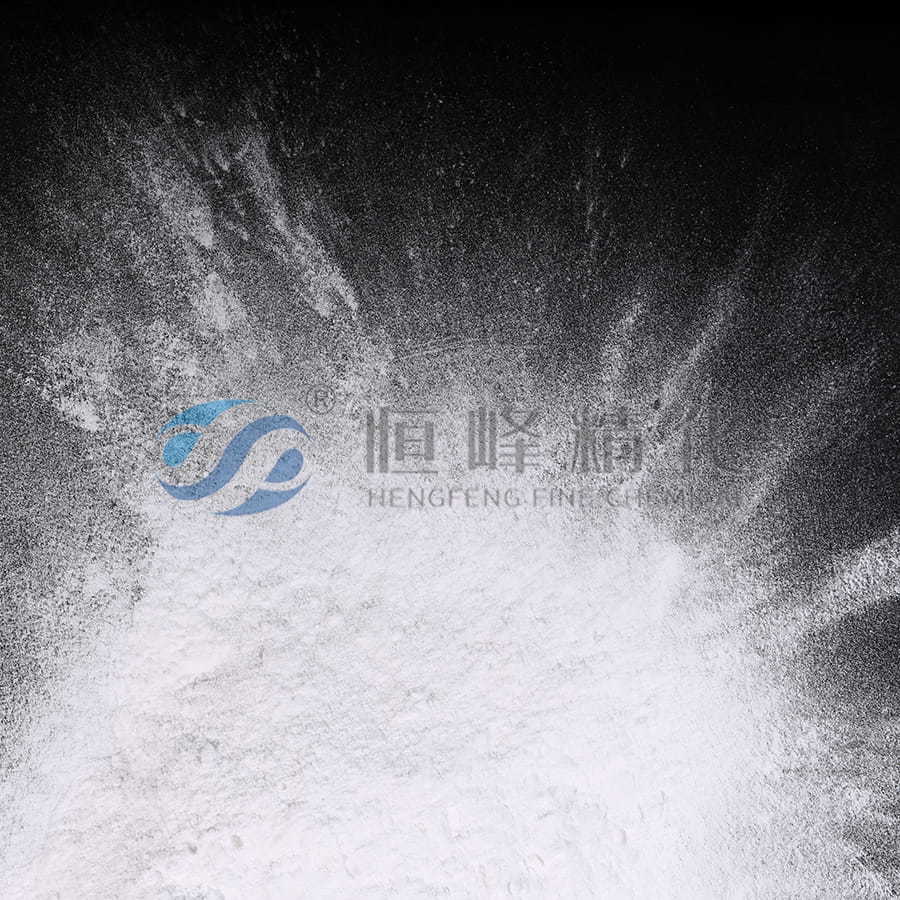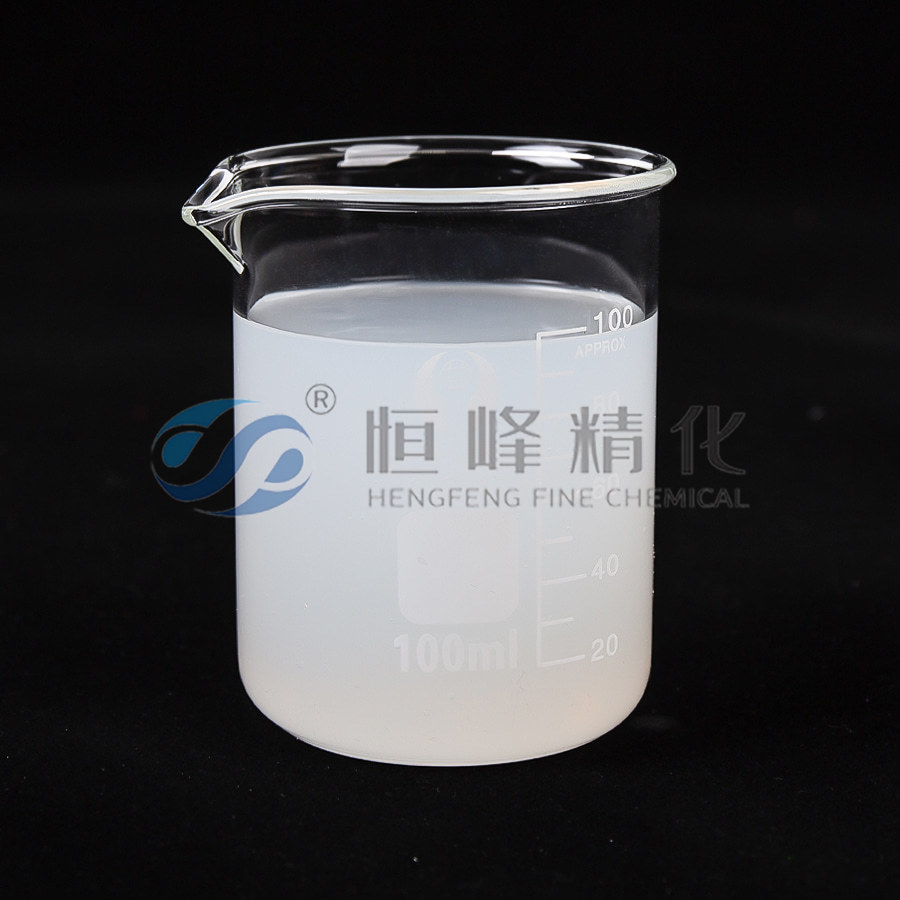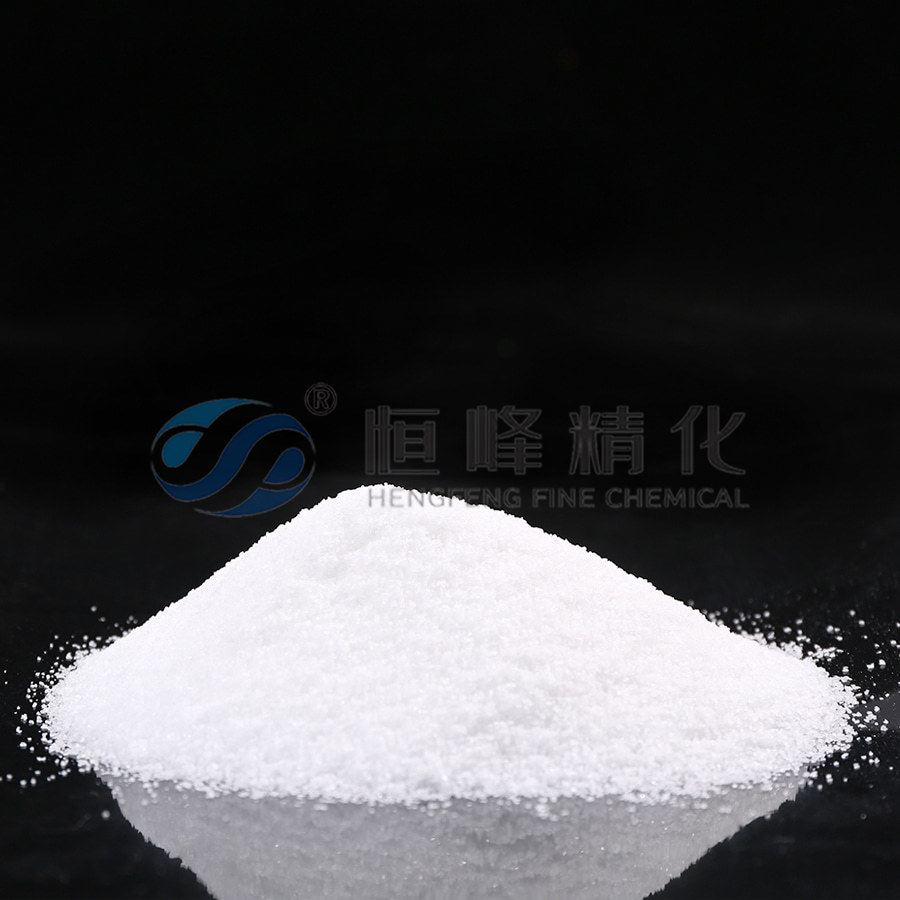Papermaking Polyacrylamide: Role as Retention Agent, Filter Aid, and Leveling Agent
The papermaking industry relies on advanced chemical additives to enhance efficiency, reduce costs, and ensure consistent product quality. Among these, polyacrylamide (PAM) stands out as one of the most widely used water-soluble polymers. Its unique molecular structure allows it to perform multiple vital functions, making it indispensable in paper mills. Specifically, polyacrylamide is applied as a retention agent, filter aid, and leveling agent—three roles that directly impact paper formation, machine runnability, and final product quality.
Polyacrylamide in Papermaking: An Overview
Polyacrylamide is a high-molecular-weight polymer available in various ionic forms—cationic, anionic, and nonionic—to match different pulp and filler systems. Its water solubility and ability to form hydrogen bonds with cellulose fibers and mineral particles make it highly effective in improving fines and filler retention, enhancing drainage, and optimizing sheet formation.
1. Polyacrylamide as a Retention Agent
Retention agents are crucial in papermaking because they control the attachment of fine fibers, fillers, and additives to the paper sheet instead of being lost in white water.
Mechanism: Polyacrylamide adsorbs onto fiber surfaces and bridges particles, creating flocs that retain fillers such as calcium carbonate, kaolin clay, and titanium dioxide.
Benefits:
Increases retention of valuable fillers, reducing raw material loss.
Improves paper opacity, brightness, and smoothness.
Enhances system cleanliness by reducing solids in white water.
2. Polyacrylamide as a Filter Aid
Filtration efficiency directly affects paper machine speed and energy consumption. As a filter aid, polyacrylamide accelerates water removal during sheet formation.
Mechanism: By flocculating fine fibers and fillers, PAM improves porosity in the fiber mat, allowing water to drain more quickly.
Benefits:
Faster drainage on the wire section of the paper machine.
Reduced energy demand in vacuum dewatering and drying stages.
Increased machine runnability and production capacity.
3. Polyacrylamide as a Leveling Agent
Uniform sheet formation is vital for producing paper with consistent strength and appearance. Polyacrylamide plays a subtle but critical role as a leveling agent.
Mechanism: Controlled flocculation ensures that filler and fiber distribution remains even across the sheet, preventing defects such as streaks, spots, and poor surface smoothness.
Benefits:
Improved sheet formation and surface quality.
Enhanced printability and coating uniformity.
Stable basis weight profile, reducing variation in paper grades.
Advantages of Polyacrylamide in Modern Paper Mills
Versatility: Available in different ionic types to suit various pulp and filler systems.
Efficiency: Reduces chemical and energy consumption by optimizing retention and drainage.
Sustainability: Minimizes fiber and filler loss, lowering wastewater load and environmental impact.
Quality Control: Enhances key paper properties such as strength, brightness, opacity, and printability.


 English
English Español
Español عربى
عربى Русский
Русский Tiếng Việt
Tiếng Việt




